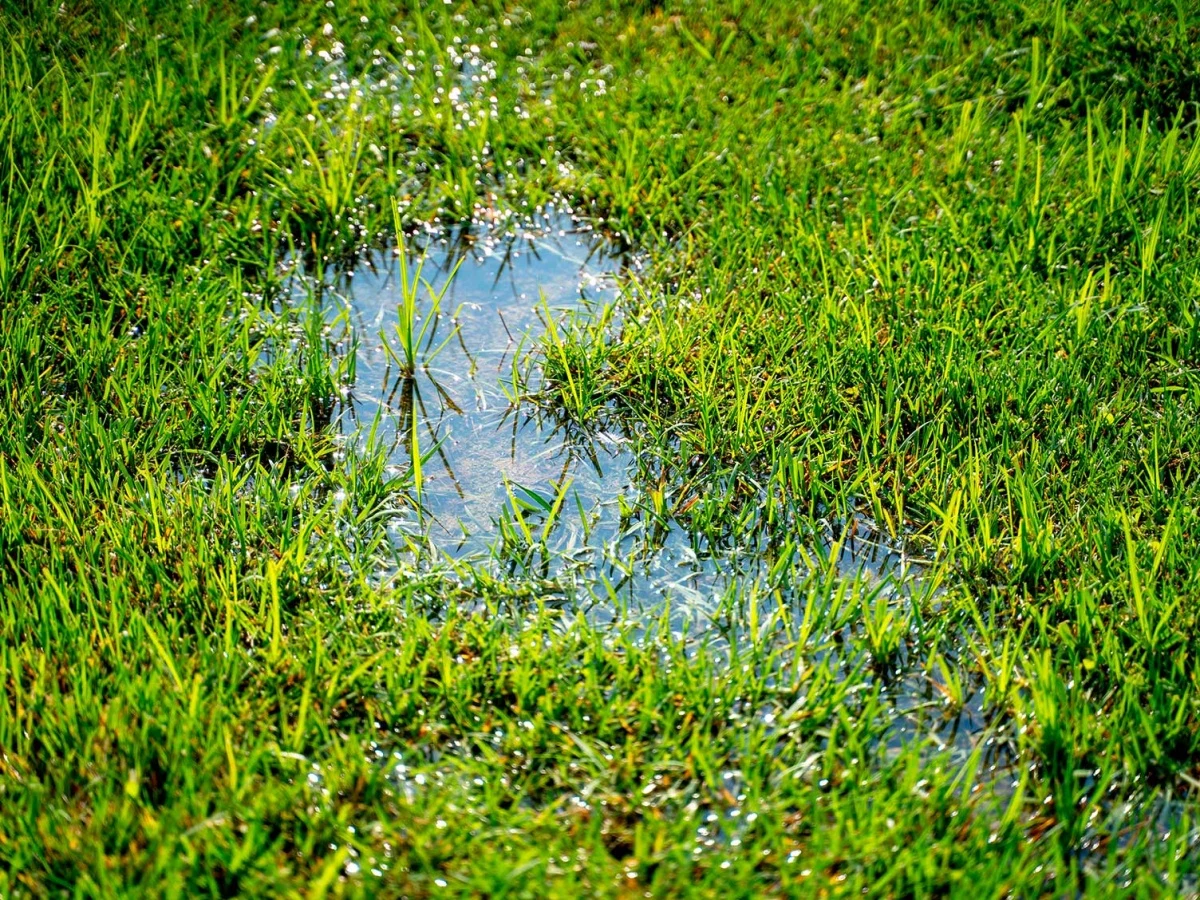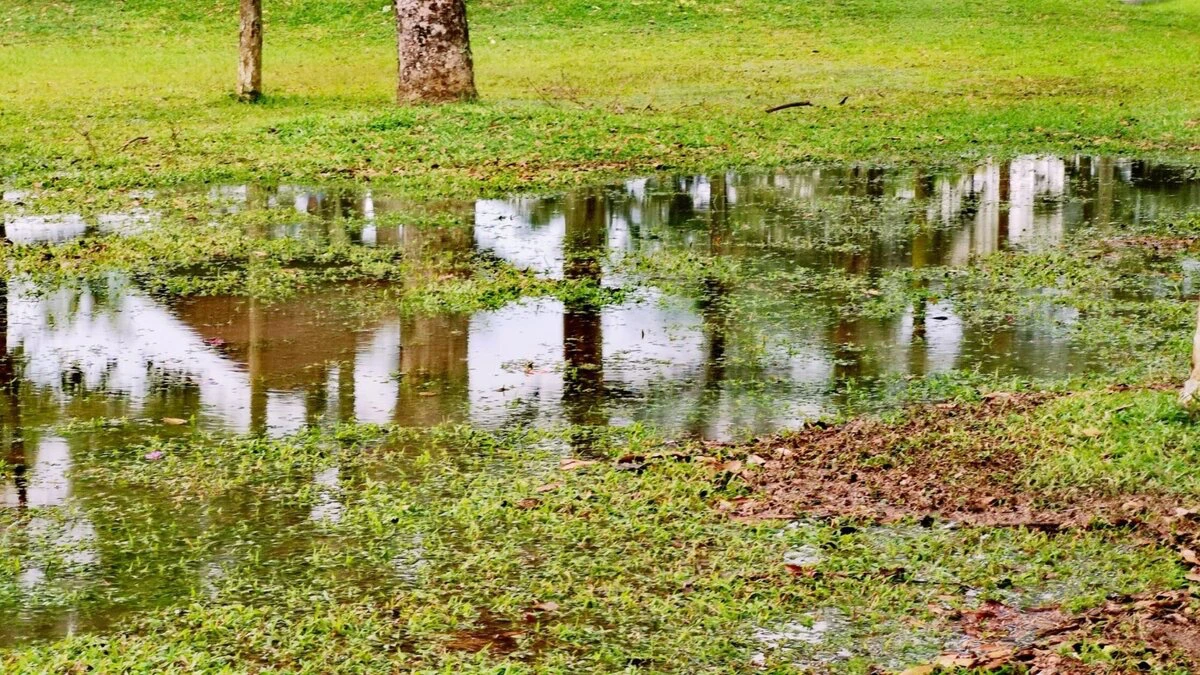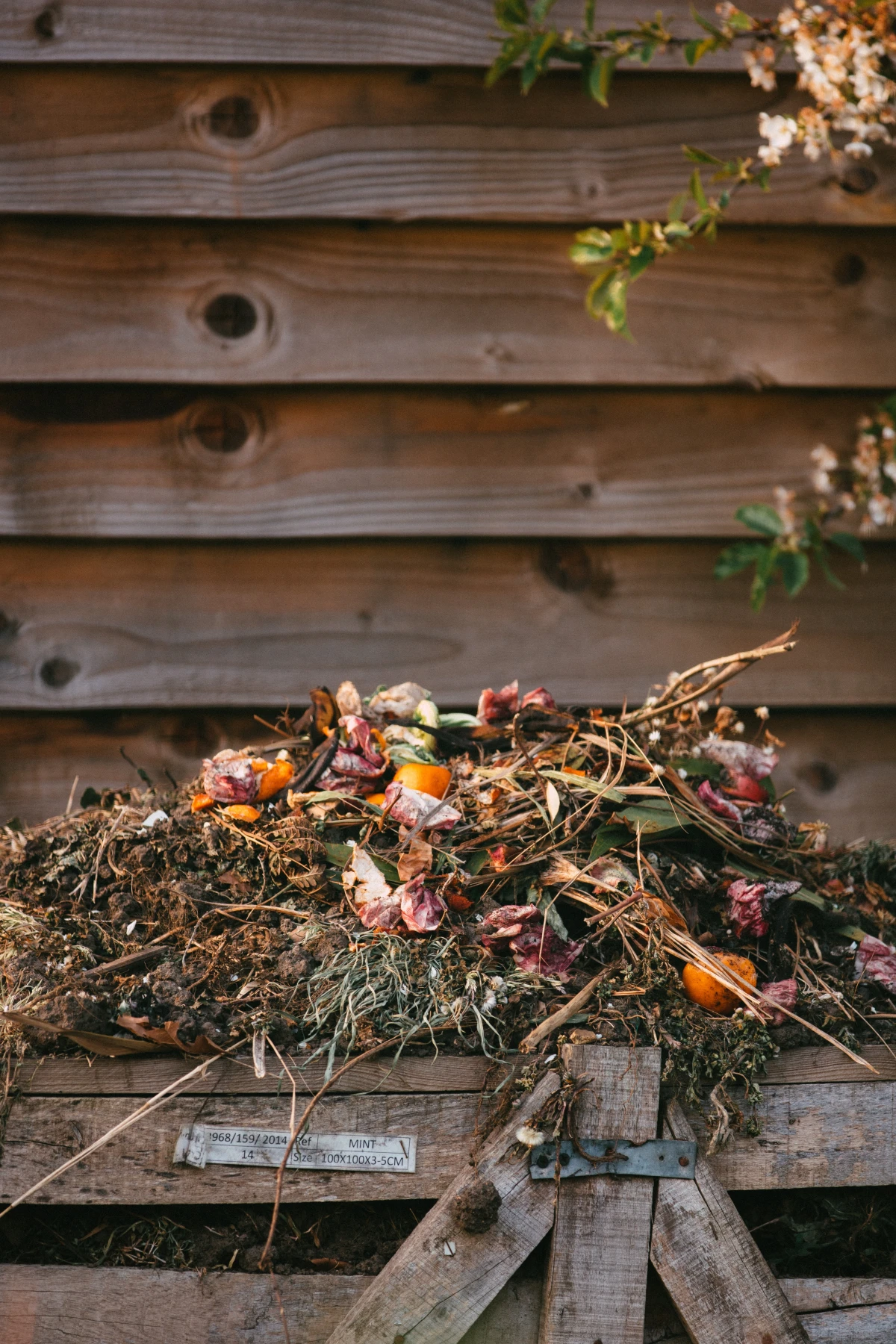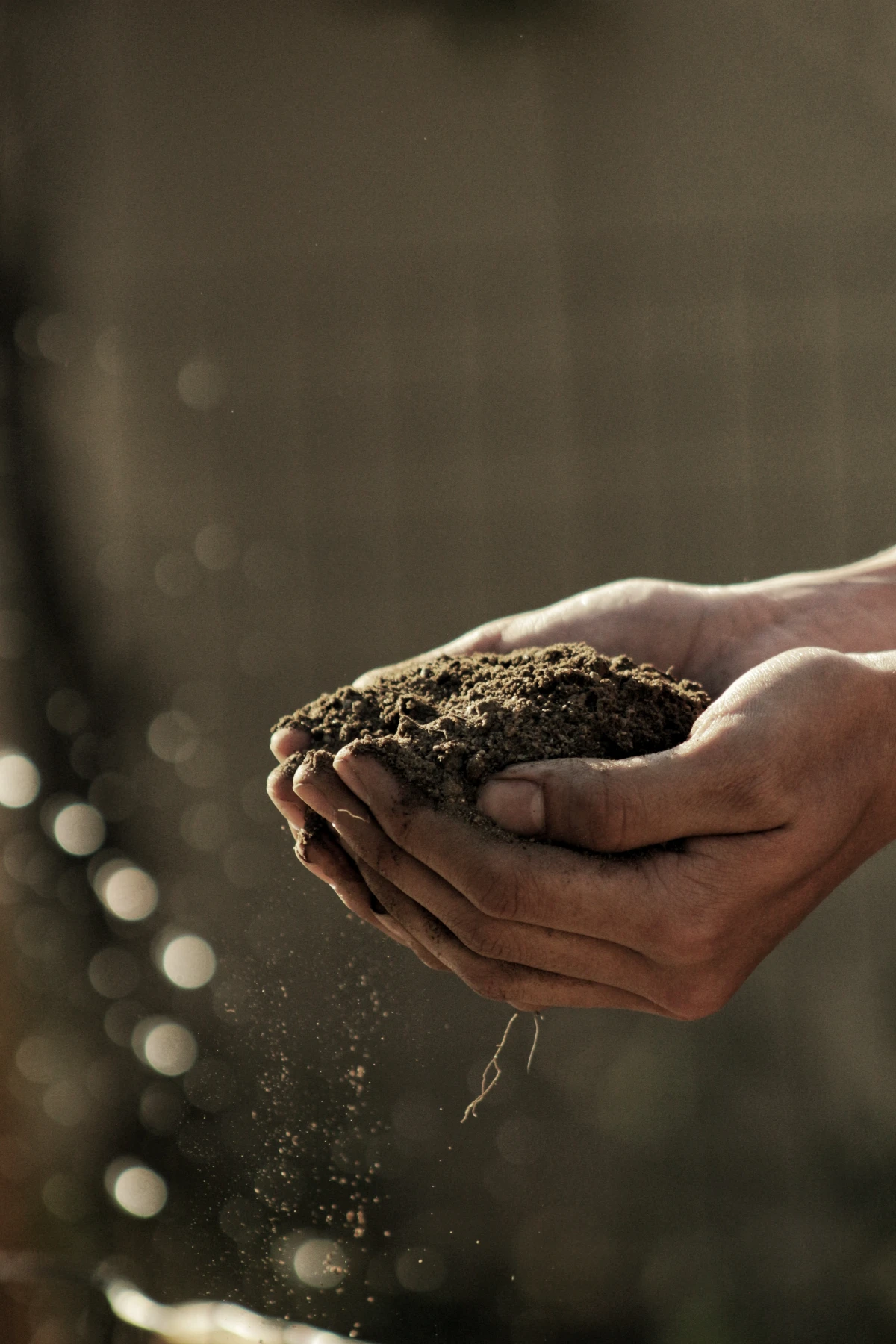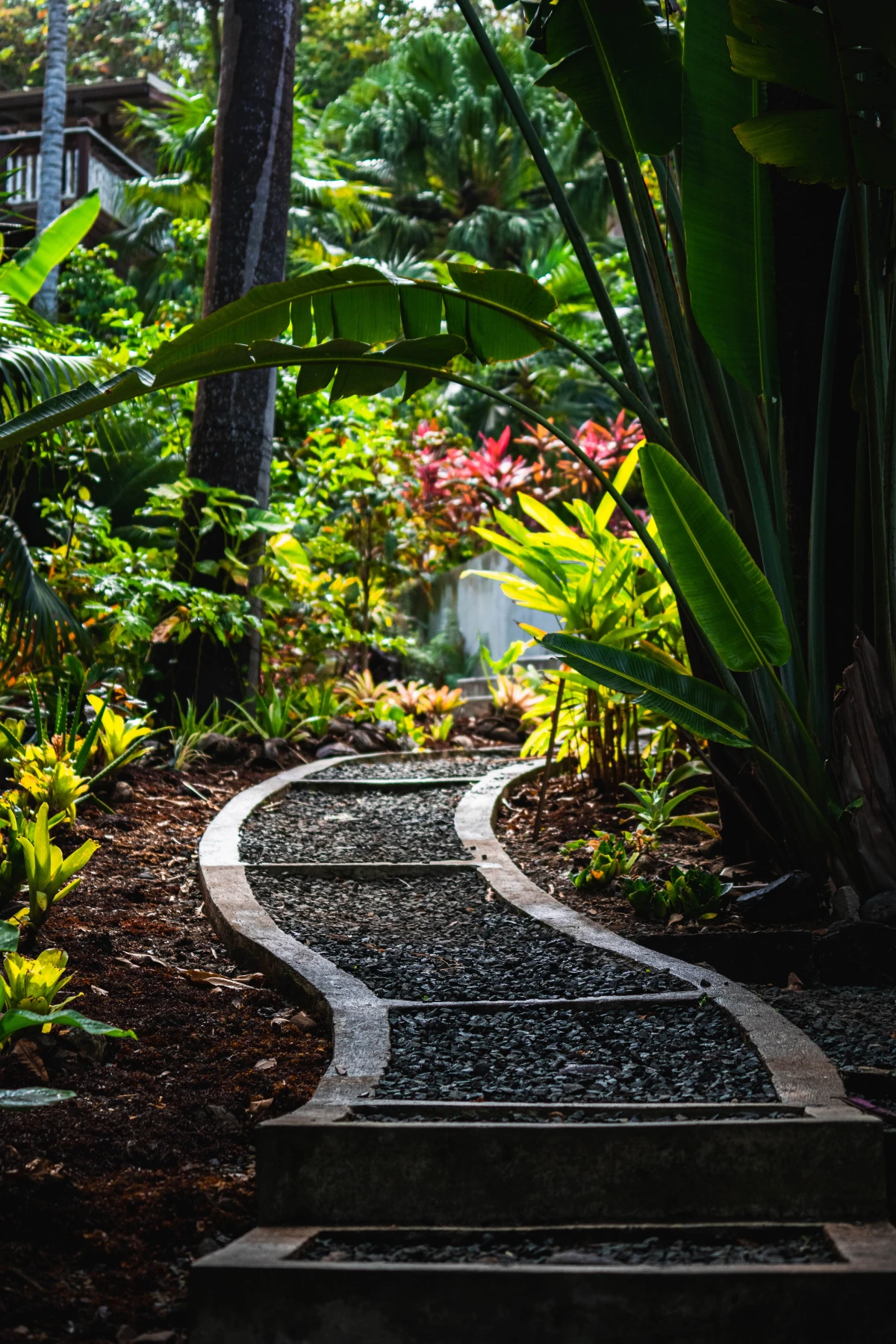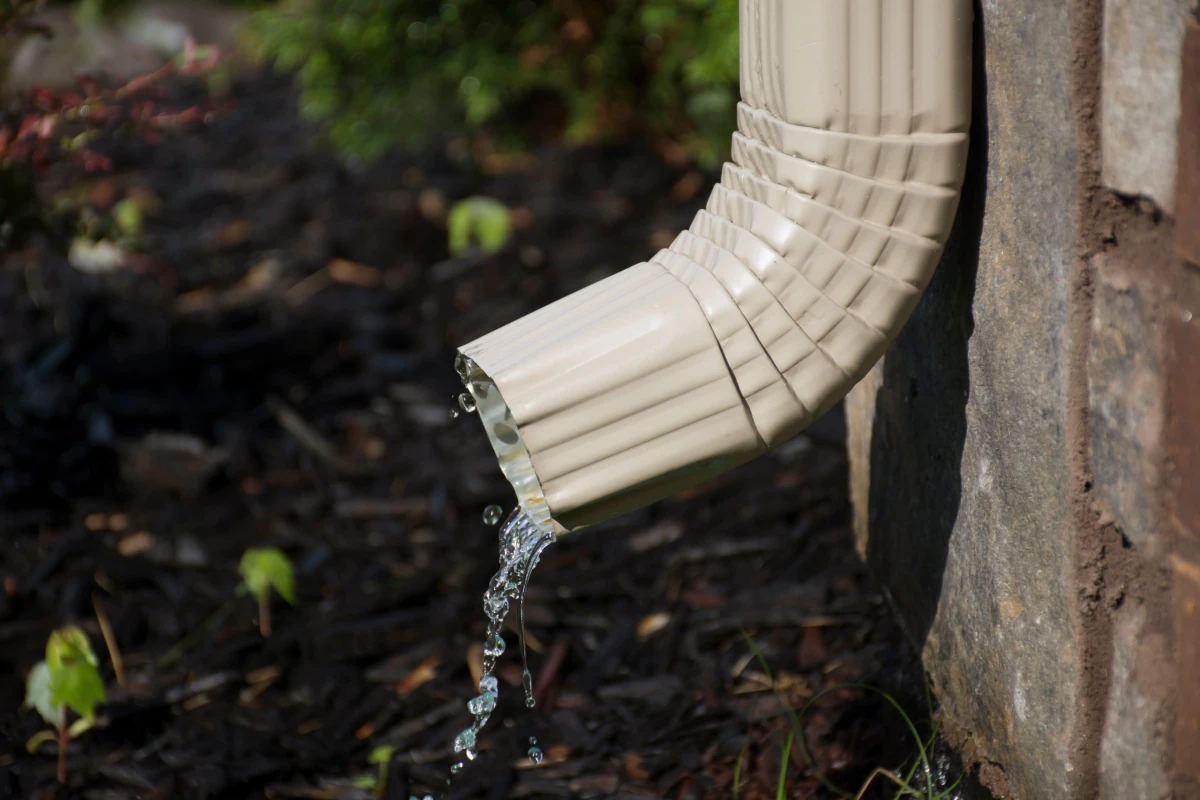How To Fix A Waterlogged Lawn: 7 Expert Tips
Nobody likes having a squelchy lawn or an unwanted lake in their garden every time it rains. But sadly, waterlogged lawns are a reality many of us have to deal with from time to time. It’s not easy maintaining a healthy turf and all the rain during the colder months certainly isn’t helpful. There are many reasons why your precious lawn may be turning into a small sea. You most likely have compacted soil or clay soil that drains poorly. A poor root system may also be causing waterlogging. Whatever the reason, you need to act. Repeated waterlogging can cause several issues, such as bare patches of grass, algae, lichens, and liverworts appearing, as well as moss. In general, this issue will ruin your beautiful lawn. So, let’s see how to fix a waterlogged lawn.
Waterlogged lawns are a reality many of us have to deal with
In this article
How To Fix A Waterlogged Lawn
After long periods of heavy rain, many gardeners are left scratching their heads about what to do with all the water sitting on top of their beautiful grass. Getting rid of a waterlogged lawn is not the easiest of tasks, but it is something that needs to be done, or your poor lawn will continue to struggle and it will create irreparable damage. So, let’s see what you can do to help out your lawn, so you won’t have to walk in mud and water every time you go outside.
Getting rid of a waterlogged lawn is not the easiest of tasks
#Aerate the soil
This is the best thing you can do to a lawn that is waterlogged. Aerating the lawn helps to improve drainage and add air into the soil. This will help improve the conditions for the grassroots to live in. You can use a hollow tine aerator or simply spike the lawn with a garden fork. You can also use aerator shoes. Aerating will loosen up the soil and draw out the moisture. Just make sure to keep the holes to a minimum one to two inches deep.
Aerating the lawn helps to improve drainage and add air into the soil
#Add compost and sand
Poor soil, usually also means low organic content and not a lot of biological activity. That’s why it is recommended to apply compost alone or compost and horticultural sand after aerating. Both sand and compost work their way into the little pockets created by the aeration and help maintain the open soil structure. The beneficial microbes found in the compost help attract earthworms, which continue to loosen up the soil. So, the drainage will stay improved.
Adding compost and sand can help out your lawn
#Install a French drain
If your poor lawn has been badly damaged by all that excess water, it may be time to install a French drain. However, this is not something you can do by yourself unless you are a professional. This process involves heavy machinery, an upheaval of the garden, and installation. The French drain helps the surface water to be diverted away from the problem area. It’s also best to add new topsoil and turd after the installation process.
Here is what a French drain does and how to install one
#Change your soil type
Dense soils like clay-rich coils will have a harder time draining water, unlike lighter soils. Sometimes they may not allow water drainage at all. If you live in an area where it rains a lot, it may be smart to change up your soil type. However, this is not an easy process to do if you want to change the type entirely. You can, however, improve your existing structure by adding materials, like compost. Sand can be useful, however, if your soil is very clay-heavy, avoid it.
Dense soils like clay-rich coils will have a harder time draining water
#Level the ground
If you notice that waterlogging is happening only in specific parts of your garden, then this may be caused by uneven ground. Water may not have the time to absorb into the higher formed areas of the ground properly and collect in the depressions. So, an easy fix for this is to level your lawn. This will help to disperse the water equally and allow for better drainage.
Water may not have the time to absorb into the higher-formed areas of the ground properly
#Add a path
As we mentioned, a big reason for waterlogging in lawns is compacted soil. Soil can get compressed if it is frequently walked across. So, in order to avoid this it’s best to add a paved walkway to your lawn, so you don’t step on the grass as much, especially when it is wet in order to reduce compaction.
Soil can get compressed if it is frequently walked across, so add a walkway
#Redirect downspouts
If your gutters are designed poorly or are directed down towards your lawn, they can cause waterlogging. This is why it is a good idea to redirect them to move the water somewhere else. Dig a shallow trench from the outflow of the spout to a location where the water can go and not cause problems. Slope the trench away from your home as well.
It is a good idea to redirect downspouts
These were all the tips and tricks we have on how to fix a waterlogged lawn. We hope you found this article useful. Now you can start treating your lawn and save it from drowning and further damage.
These were all the tips and tricks we have on how to fix a waterlogged lawn
